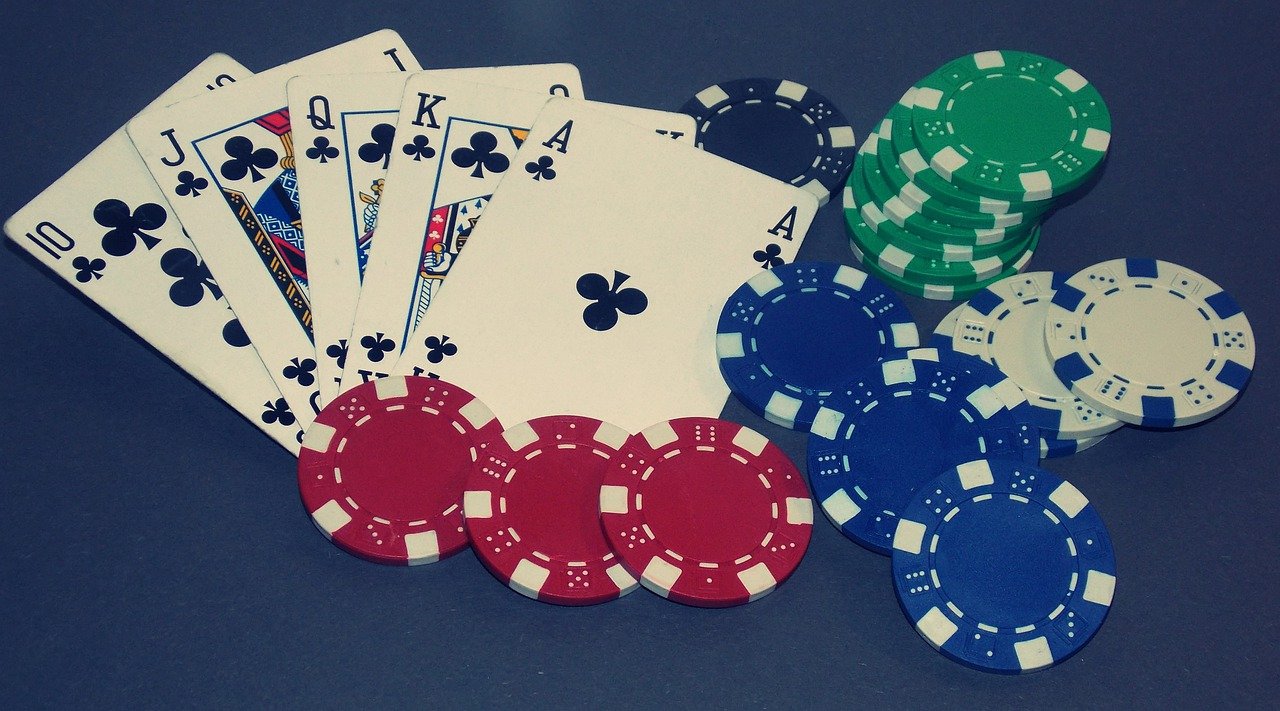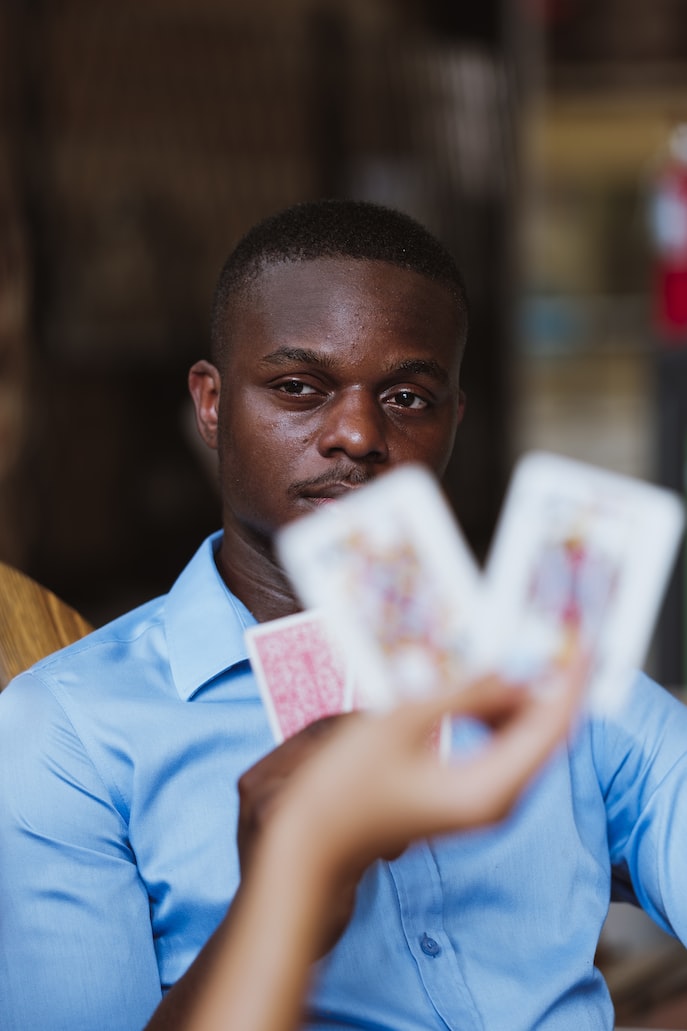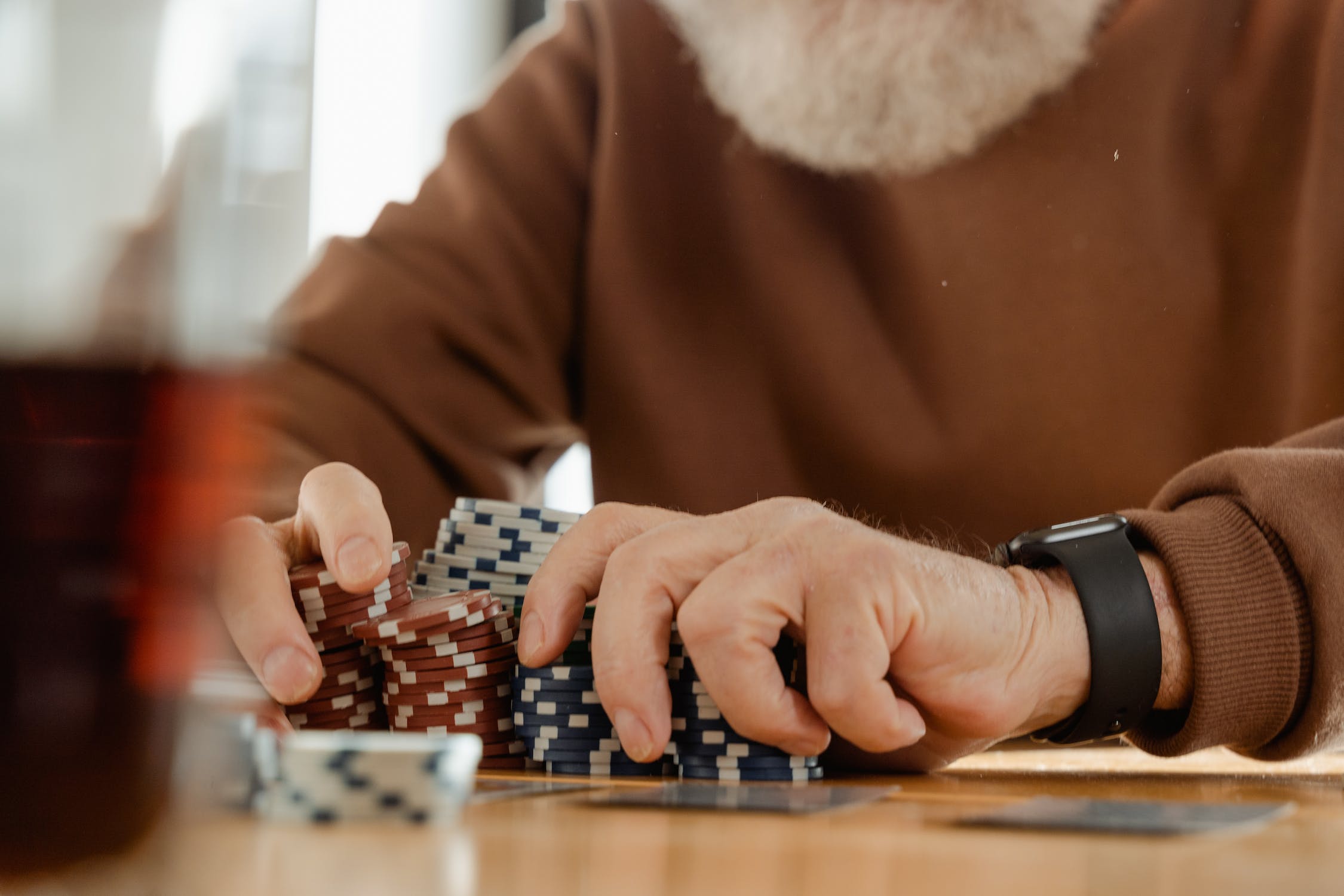
You can’t talk about poker without talking about bluffing. This trick of deception is an essential part of any player’s poker strategy. You can win a poker game with a mediocre hand by effectively bluffing your opponents. Similarly, you can lose a poker game with a great hand by getting bluffed.
Thankfully, there are signs you can watch out for to help you spot and avoid falling victim to bluffs on the poker table. Poker is as much about psychology as the cards, so knowing which signals to look for in your opponents can significantly improve your chances of success.
Here are seven pro tips for catching bluffs and improving your poker game:
1) Get to know your opponents.
The better you know your opponents, the easier it will be to spot when they’re bluffing. If you’re familiar with how they move or their playing style and tendencies, you’ll be able to read and find your way around them more easily.
This is easier when playing with players you’ve competed with in the past. But it’s still possible to get a sense of your opponents even if you’re playing with them for the first time. Make it a point to observe the way they play, their mannerisms, and their body language—and make a mental note of your findings. This information will be helpful throughout the game.
2) Note their bluffing style.
Besides playing style, getting to know your opponents also acquaints you with their bluffing style. You may notice patterns in the way they bluff. For example, some players tend to bluff more often when in a late position, while others are more likely to bluff pre-flop in a Texas Hold’em match.
Alternatively, some players tend to tilt when losing and, fueled by intense emotions, bluff more than usual. Meanwhile, more confident players may bluff for fun.
Recognizing these patterns can give you a better chance of spotting when your opponents are bluffing.
3) Look for physical tells.

Knowing how your opponents play puts you in a better position to catch physical tells—clues that betray what they’re thinking or feeling. A tell can be something as small as a twitch or a change in breathing, but it can also be something more obvious, like fidgeting or avoiding eye contact.
Some players are better at maintaining a poker face and hiding their tells than others, but with enough experience, you’ll be able to spot them more easily. If you’re unsure whether or not a particular player is bluffing, pay attention to their behavior and see if you can match them up with the situation at hand. If you’re up for it, some pros suggest looking straight into an opponent’s eyes to sense doubt or fear.
4) Pay attention to betting patterns.
How a player bets throughout the game can be a good indicator of whether or not they’re bluffing. If a player who usually bets big suddenly starts betting small, they might be trying to lull you into a false sense of security before they make their move. Similarly, if a player who is typically tight with their money starts making large bets, they could be bluffing in an attempt to scare you off.
This technique is especially helpful when playing online poker on sites like GGPoker, the world’s largest poker room. Betting patterns are your next best thing to tells when you can’t see your opponents’ faces.
Keep an eye on your opponents’ betting patterns and look for changes that might signal a bluff. Also, be aware of your own betting patterns and try not to fall into predictable patterns that your opponents can easily read.
5) Observe betting speeds.
Apart from betting patterns, keep closely watching how fast or slow your opponents are betting.
Players who are bluffing often hesitate before they make their move. They second-guess themselves and take longer to make decisions than they normally would. If you notice a player taking an unusually long time to make their bet or raise, they might be trying to bluff their way through the hand.
Conversely, players who are confident in their hands often bet quickly and without hesitation. If you see a player betting or raising swiftly, they could be trying to take advantage of the situation and push you into making a rash decision.
Of course, there are other reasons why a player might hesitate or otherwise, so don’t jump to conclusions. If you’re unsure whether a player is bluffing, pay attention to the other clues they might be giving off and see if they add up.
6) Beware of overconfident players.

Bluffing players often try to act more confident than they feel. They might make bolder moves than usual or try to intimidate their opponents with their behavior. If you notice a player acting out of character, they might be bluffing in an attempt to throw you off.
That said, some players are simply more confident than others, so don’t mistake someone’s natural confidence for a sign that they’re bluffing. Instead, look for other clues that might give away their hand.
7) Watch out for table talk.
Players who are bluffing often try to talk their way through the hand. They might make small talk or attempt to engage their opponents in conversation to distract them from the game. They might also try to psych their opponents out by trash-talking or making bold statements about their hands.
If you’re focused on the game, table talk can be a helpful way to catch a bluff. Pay attention to what your opponents say and see if it matches their actions. If they’re acting confident, but their words don’t match their behavior, they might be trying to bluff their way through the hand.
Catching bluffs can be tricky at first, but with enough experience and observation, you’ll be able to do it more easily. The general idea is to pay close attention to your opponents’ behavior and playing style so you can spot and call anything out of the ordinary. Be deliberate in your observations, and with enough practice, you’ll be able to catch bluffs like a pro in no time.
